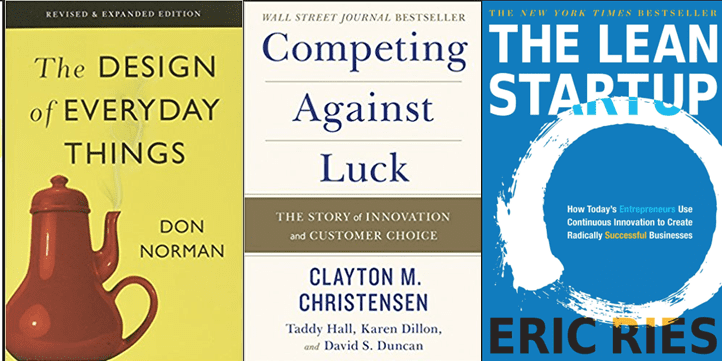
THE “INSPIRED” BOOK – BY MARTY CAGAN
This post is based on resources from the excellent and popular book from Marty Cagan on Product Management. Here are some resources for summaries and excerpts from the book, which is a must-read for anyone developing a SaaS software product.
- https://www.amazon.ca/INSPIRED-Create-Tech-Products-Customers/dp/1119387507/ref=dp_ob_title_bk
- https://www.mightybytes.com/blog/inspired-marty-cagan/
- https://svpg.com/assessing-product-opportunities/
- https://svpg.com/ – Marty’s website and blog
- https://medium.com/@damonallison/inspired-how-to-create-tech-products-customers-love-a-book-review-513603a8a533
- https://atuljha.com/blog/2017/06/12/notes-from-reading-inspired-how-to-create-products-customers-love-by-marty-cagan/
TOP 10 QUESTIONS TO ASK FOR A PRODUCT OPPORTUNITY
- Exactly what problem will this solve? (value proposition)\
- For whom do we solve that problem? (target market)\
- How big is the opportunity? (market size)\
- What alternatives are out there? (competitive landscape)\
- Why are we best suited to pursue this? (our differentiator)\
- Why now? (market window)\
- How will we get this product to market? (go-to-market strategy)\
- How will we measure success/make money from this product? (metrics/revenue strategy)\
- What factors are critical to success? (solution requirements)\
- Given the above, what’s the recommendation? (go or no-go)
GOOD VS BAD CULTURE
Good cultures:
- Obsess over their customers.
- Have a product mindset.
- Passionate about the solving the problem.
- Have an attitude that they are “going to war”.
- Have an inspiring product vision they are working towards.
- Are data driven. Instrument their work. Analyze the data.
- Rapidly prototype.
- Measure success by results.
Bad cultures:
- Obsess over their competition.
- Hold roadmap meetings.
- Consider reporting and analytics a nice to have.
- Have lifeless “agile” ceremonies and measure success in “points” and completing the roadmap.
- Design by committee.
REFERENCE CUSTOMERS
- Reference customers are powerful. They provide feedback, act as a reference point for the product team, and helps sales tell stories.
- Reference customers act as a barometer to determine how successful a product will be. If reference customers don’t love your products, nobody will.
- Your product must be proven to make your reference customers successful before taking it to the broad market.
- Reference customers must invest time and partner with you. They must be serious.
- Do not customize your product for any one customer. You are creating a general product.
